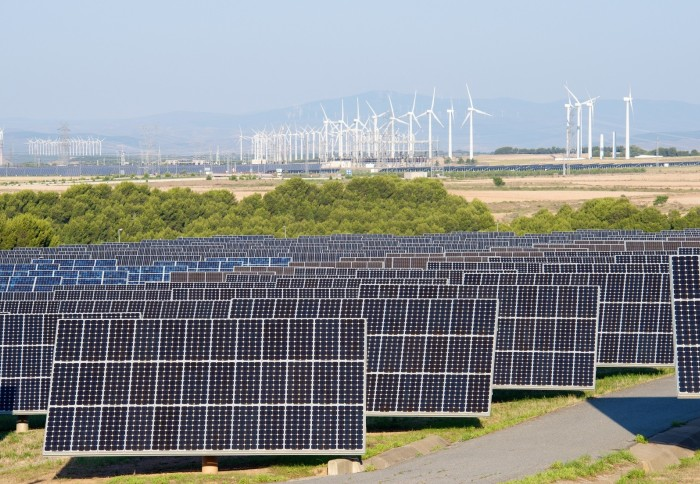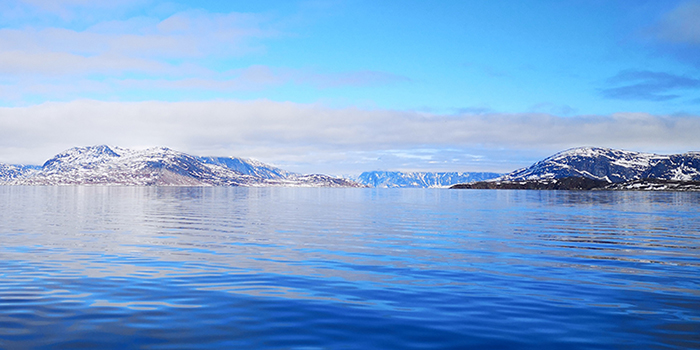"One-Size-Fits-All" Approach to Clean Energy Could Cause Social Inequalities
According to a new study, a “one-size-fits-all” approach for generating cleaner energy based only on expenses could lead to social inequalities.

The goal of the Paris Agreement is to maintain the increase in global temperature for this century less than 2 °C above pre-industrial levels and to continue measures to restrict it to 1.5 °C. One main way to realizing this is for countries to achieve “net zero” carbon emissions by 2050—by either producing zero emissions or eliminating the same amount that they produce.
To achieve this goal, a combination of alternatives to fossil fuels in energy production with sustainable alternatives such as wind and solar power, as well as the deployment of technologies that eliminate carbon dioxide either instantly from the air or from power plant emissions, would be required.
Various existing models for identifying the ideal combination of schemes that can be adopted by a country tend to focus on the projected costs of the technologies. In a new study published recently in the Joule journal, scientists from Imperial College London argue that the “one-size-fits-all” strategy disregards the current state of a country’s industrial strengths and energy economy, which could result in social inequalities.
The Right Energy Mix
The research team considered the example of three countries—the United Kingdom, Poland, and Spain–and performed an analysis that involved the social and economic impact of various energy combinations, and the technology costs.
For instance, in Poland, 80% of energy generation is based on coal and there is no in-country expertise in solar power. Therefore, technologically, even if the deployment of solar power is the most cost-effective option, the effect on the workforce would be huge, as it would be hard to retrain such a huge part of the workforce. This could lead to social inequality and economic upheaval.
Therefore, for Poland, the team contends that a better choice might be to continue the use of coal in the majority, but to install carbon capture and storage (CCS) technologies that eliminate the carbon dioxide from the power plant emissions.
On the other hand, Spain already has a solid wind and solar power industry, which implies that an analysis based only on expenses is similar to the analysis that involves socio-economic effects, as it would be much less disruptive to install more wind and solar power.
Although the United Kingdom has a flourishing offshore wind industry, it would face issues with irregular power from an energy combination totally based on renewables, so the installation of CCS power stations continues to be a priority.
Avoiding Social Divisions
According to Professor Niall Mac Dowell, lead author of the study, from the Centre for Environmental Policy at Imperial, “If countries fail to account for the national situation; what resources are available both technically and in the labour market, they risk energy transitions that results in deeper social divisions, which, in the long term, will affect growth, productivity, wellbeing, and social cohesion.”
At present, the researchers are extending their analysis throughout the European Union, and to the United States, taking into account policies such as the latest thrust to adopt hydrogen fuel technologies and how that might impact several countries. In addition, they will consider the effect of the COVID-19 pandemic and how decisions about the transition to net-zero could influence recovering economies.
Journal Reference:
Patrizio, P., et al. (2020) Socially Equitable Energy System Transitions. Joule. doi.org/10.1016/j.joule.2020.07.010.
Source: https://www.imperial.ac.uk/



